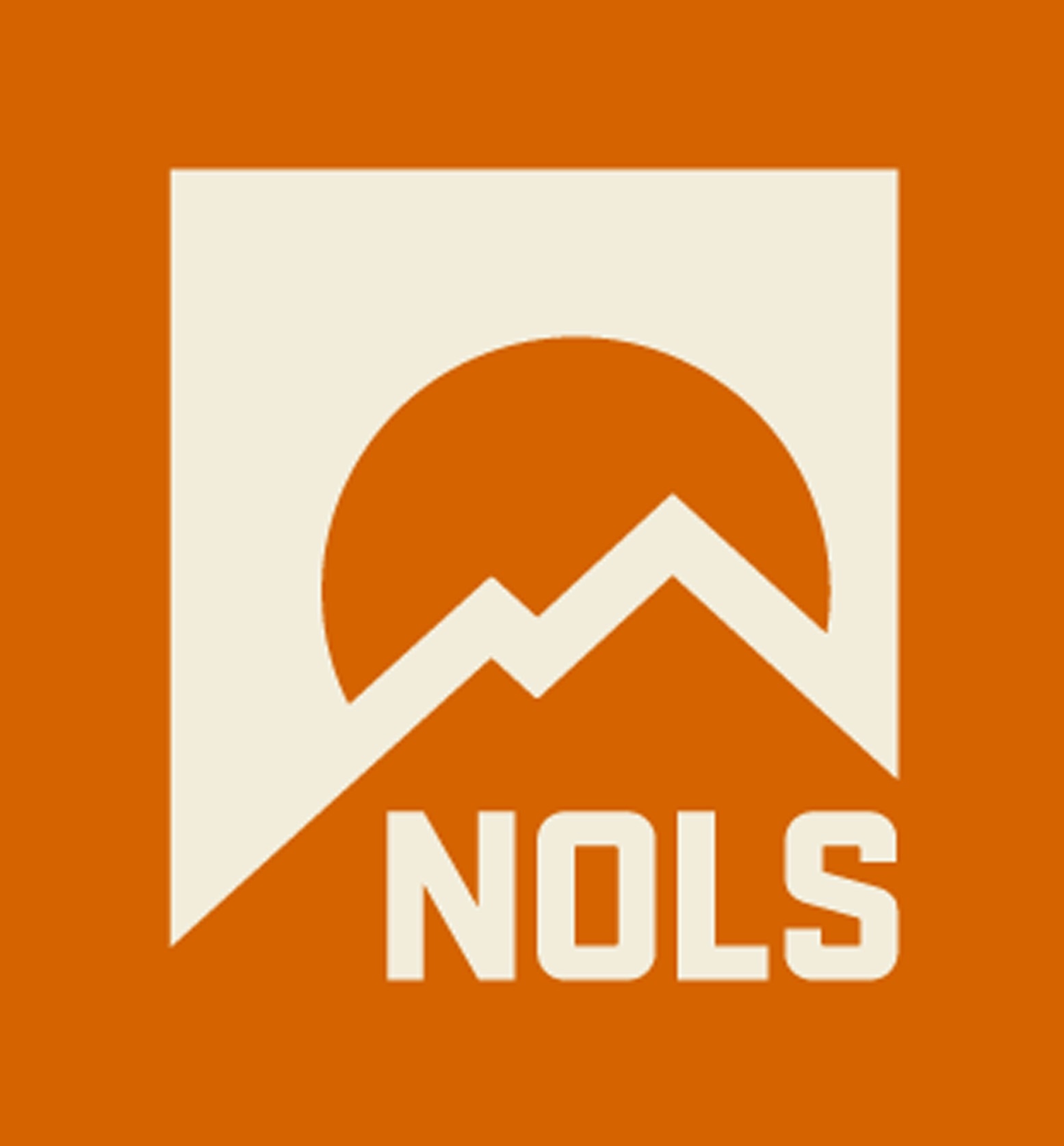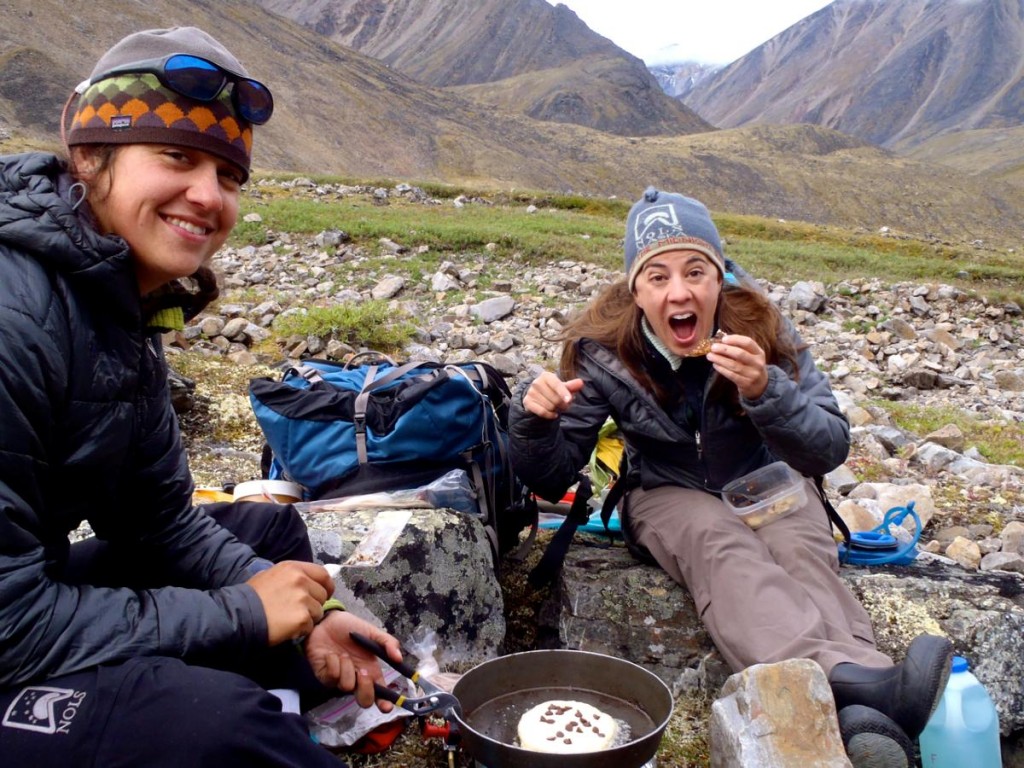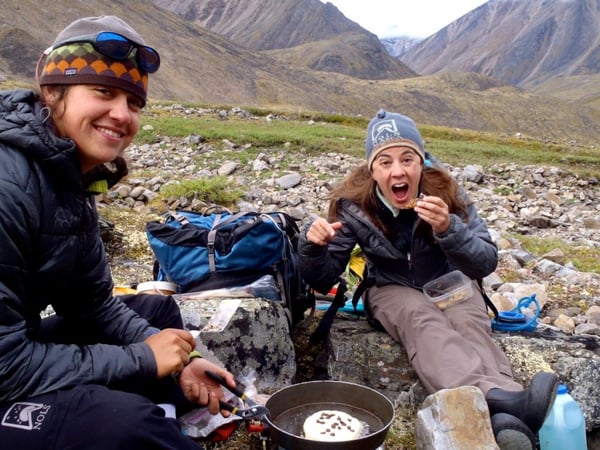NOLS enthusiast Dan Innamorato wrote a few weeks ago about his recommendations for making backcountry food deliciously and efficiently. Today, he gives us some advice on what makes for a good, lightweight shelter on the trail.
 Getting wet and chilly isn't fun, which is why choosing a sturdy, lightweight shelter matters. Photo by Zach Snavely.
Getting wet and chilly isn't fun, which is why choosing a sturdy, lightweight shelter matters. Photo by Zach Snavely.
The Problem:
On my first Appalachian Trail hike in 1972, I had what was a fairly standard tent for its day: an A-frame made by Alpine Designs or Alpsport. It took 14 tent stakes to set up and had a separate fly and weighed 7 lbs., more or less.
Advertisements always show folks setting up the tent on a beautiful sunny evening. HA! How about torrents of pouring rain? How do you get a tent set up if the fly goes on last? The tent is soaked by then … awash.
And then you are standing outside of your tent in a downpour, so how do you:
- open the tent fly and door
- shed your soaking wet raingear
- get inside and close the fly and tent
—without letting buckets of rain inside and getting soaked in the process?
And in the morning, when it is still raining, how do you get out and get raingear on without everything getting soaked again? Those 14 tent stakes and guylines and pullouts were just a tedious mess.
“Experience is what you get when you were expecting something else.”
The Solution:
After that trip, I started looking for something that actually worked. I found a company called Stephenson’s Warmlite, founded by Jack Stephenson, an aeronautical engineer. The tent used three tent stakes: one in back and two in front. Two curved arch poles: one large in front and one small in back. Setup was fast.
The tent wall was waterproof, ultralight silicone nylon with a vent low in back and another vent high in front. Body heat drove warm, humid air high and out, pulling in cooler air from the low back vent. Tent weight was 2 lbs. 12 oz.! Beautiful tent and the company is still in business.
But opening the door in pouring rain was still a problem. So, I got a lightweight tarp. Set up the tarp first and you’re out of the rain! Get under the tarp, remove dripping raingear and stow out of the way to drain. If you set up the tent under the tarp you can enter and exit at leisure. You can cook under the tarp, too.
If you look at today’s lightweight tents with mostly mesh fabric, they, too, will be soaked during setup in the rain. Plus, the coated fly weighs more than the rest of the tent.
 Enjoying some self-made shade under their tarps in Baja, Mexico. Photo by Samantha Baker.
Enjoying some self-made shade under their tarps in Baja, Mexico. Photo by Samantha Baker.
Dan’s Advice?
Ditch the fly and carry a tarp instead. Modern silnylon or spinnaker tarps are crazy light. And Cuben Fiber tarps are insane: a 10x12 tarp (120 sq. ft. of space) weighs 12–14oz.
Plus, the tarp does multiple jobs: set up a tarp for a dry lunch break in the rain, use as a screen between trees for bathing, use to cover a shelter opening to keep out blowing rain or snow, use in the desert as sunshade, etc.
Dan Innamorato is a NOLS enthusiast with extensive experience backpacking on the Appalachian Trail, in Bryce, Zion, and Grand Canyon National Parks, and in the German and Swiss Alps. He first learned about NOLS when he started a correspondence with NOLS founder Paul Petzoldt after meeting at a workshop. He is currently a member of the Appalachian Long-Distance Hikers Association, the Appalachian Mountain Club, the Appalachian Trail Conservancy, the Green Mountain Club, the Mid-Atlantic Hammock Hikers Association, and the Potomac Appalachian Trail Club.




 Sometimes, all it takes are a few spices to make a backcountry meal delicious. Photo by Shelli Johnson.
Sometimes, all it takes are a few spices to make a backcountry meal delicious. Photo by Shelli Johnson.